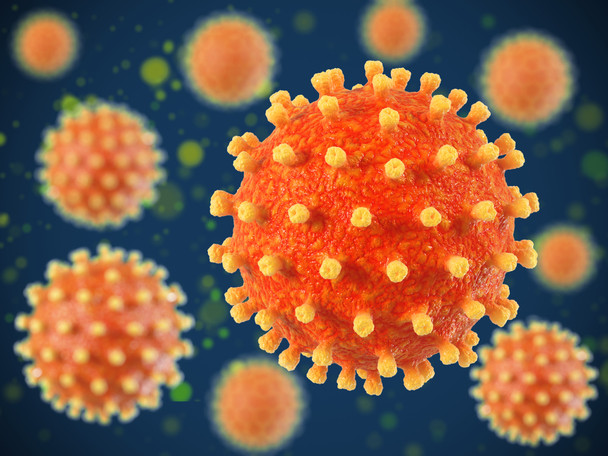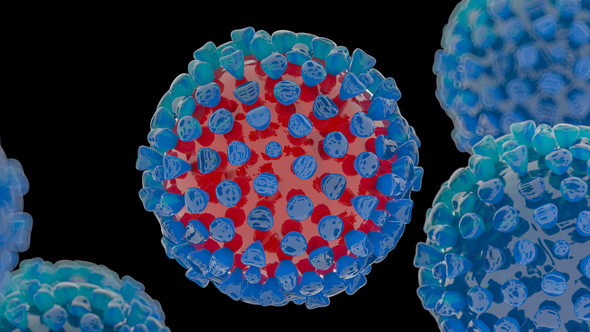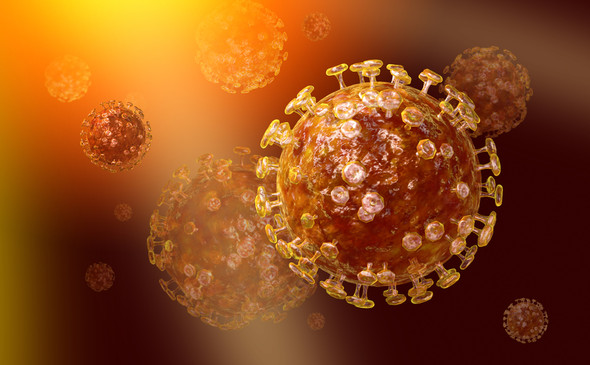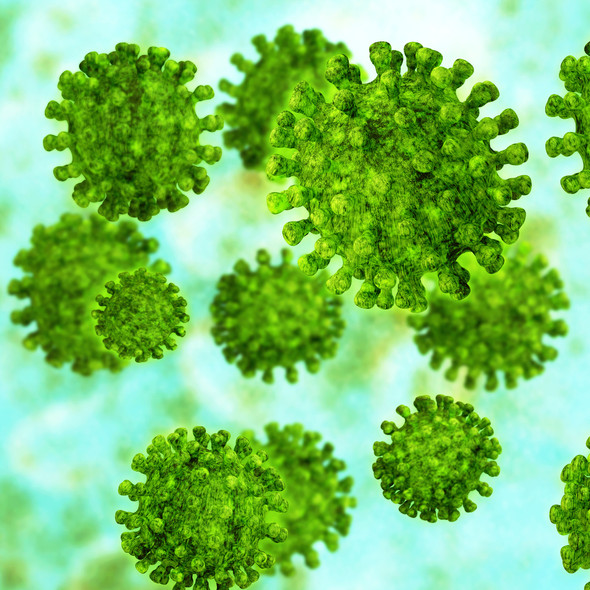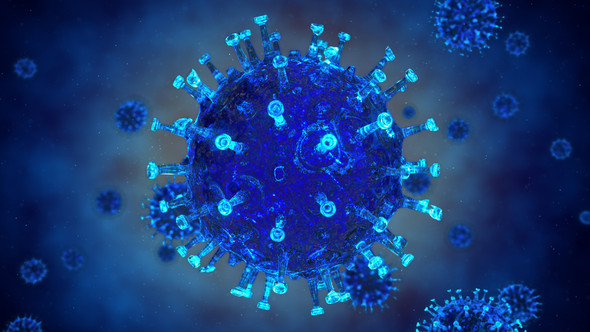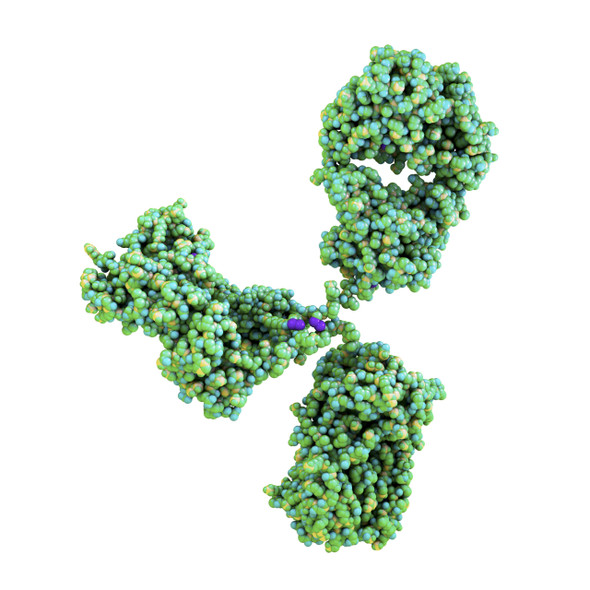Description
HERPES SIMPLEX VIRUS gG2 PROTEIN
Herpes Simplex virus gG2 protein is a highly purified product prepared from virus cultivated in mammalian cells, offering significant advantages over other partially purified native antigens, or bacterial expressed recombinant antigens that are not glycosylated. Tests have shown excellent performance in assays for the distinguishing between HSV1 and HSV2-infected patients. Herpes Simplex virus gG2 protein is specific to the HSV-2 virus, and shares very little sequence similarity to HSV-1. The protein can therefore be used as an antigen in immunoassays to differentiate between the two viruses.
PRODUCT DETAILS – HERPES SIMPLEX VIRUS gG2 PROTEIN
- HSV2 gG protein (strain G) purified from HSV2 infected BHK cells.
- Presented in 50 Tris-HCl buffer pH 7.6, 150 mM NaCl, 0.5% IGEPAL CA-630.
- Detection of HSV2 positive sera by ELISA (within 20% of Gold Standard).
- No detection of HSV1 positive sera by ELISA (within 20% of Gold Standard).
BACKGROUND
HSV-2 is often known as genital herpes, and is one of the most common sexually transmitted diseases. Infection with HSV-2 can cause genital ulcerations, which may be accompanied by fever, local lymphadenopathy and dysuria, and infected individuals have a lifelong risk of transmitting the viral infection to their sexual partners. There is evidence of an increased risk of human immunodeficiency virus (HIV) acquisition with herpes-associated genital ulceration (1) and pregnant women infected with HSV-2 can infect children during delivery (2,3), causing neonatal herpes.
Without therapy, mortality for untreated infants who develop disseminated infection exceeds 70%, with many survivors developing neurological impairment related to HSV encephalitis. Around 70% of mothers who transmit HSV to their children are asymptomatic at delivery. Importantly, it has been shown that transmission rates are much higher during a primary infection of the mother (> 50%) compared to recurrent infection (< 5%)(4). This is important in relation to immunoassays for maternal HSV-2 specific IgG and IgM, where primary infections are characterised by IgM responses but no IgG response.
After primary HSV infection, the virus colonises sensory neurons, and the infection may reactivate causing recurrent sub-clinical or clinical infection. Many serologic methods for assessing HSV sero-status use viral lysate as antigens. However, the viral lysate assays are unable to differentiate HSV-1 infections from HSV-2 infections due to the antigenic similarity between the viruses. Given that HSV-1 infection is extremely common in adults, such assays are unable to detect HSV-2 infection with any confidence. The purified Herpes Simplex virus gG2 protein can be used to develop specific HSV-2 assays, which are valuable in determining the HSV-2 status of expectant mothers, and allowing clinicians to make appropriate therapeutic interventions for potentially infected newborns.
REFERENCES
- 1. Gray, R. H. et al. (2001) Probability of HIV-1 transmission per coital act in monogamous, heterosexual, HIV-1-discordant couples in Rakai, Uganda. Lancet 357:1149-1153.
- 2. Kohl, S. (1999). Herpes simplex infections in newborn infants. Semin. Ped. Infect. Dis. 10:154-160.
- 3. Whitley, R. J. (1993). Neonatal herpes simplex virus infections. J. Med. Virol. 1993(Suppl. 1):13-21
- 4. Prober, C. G. et al. (1992). The management of pregnancies complicated by genital infections with herpes simplex virus. Clin Infect Dis. 15:1031-1038.
****SHIPPING NOTIFICATION:This product is shipped at ambient temperature. Should customers desire shipment on dry ice, this can be performed for an extra fee, please get in contact with us by phone or email.****

